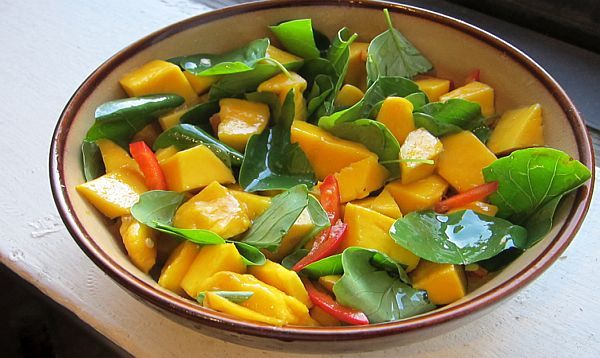Papalo is an ancient plant that is found throughout Mexico, the American Southwest, and in South American countries. The stems and leaves of papalo were used as a condiment in Mexico before the colonization of the Spanish in the 16th century.
The plant is still relatively obscure to many Americans; however it is slowly gaining popularity in New York kitchens as immigrant farmers increasingly grow the herb and sell it in markets.
Today, papalo is so popular in the state of Puebla, Mexico that people keep a bouquet of the herb on tables so it can be added fresh to dishes as desired. The name is derived from the Nahuatl language and means butterfly, which could be attributed to the butterfly-shaped leaves of the herb.
Papalo is actually part of the daisy family; a type of quelite, the wild greens of Meso-America. It has a very unique flavor that has been described as tasting like a mixture of cilantro, argula, citrus, and mint - although some claim that it smells like laundry detergent or soap.
Papalo leaves have oil glands that produce chemicals used to deter insects, which is the reason behind the very distinct smell and flavor. It is often referred to as mampuitu in Spanish, which translates to skunk, in honor of its pungent aroma.
The herb is usually eaten raw as a garnish in many central Mexican dishes, and is particularly favored on cemitas, a type of Mexican sandwich. Papalo is also believed to have medicinal benefits according to some cultures; people living in Mexico, Central and South America commonly use it as medicine for high blood pressure and stomach disorders.
In Bolivia, the Chacobo Indians utilized the herb on infected injuries to reduce swelling. The Quechua people consume papalo daily as they also believe it reduces high blood pressure as well as treat liver problems.
While Papalo is an interesting herb that is steadily gaining popularity in American cuisine due to its unusual flavor, it remains an important part of people’s daily diets in countries such as Mexico and Bolivia because of its medicinal properties.


